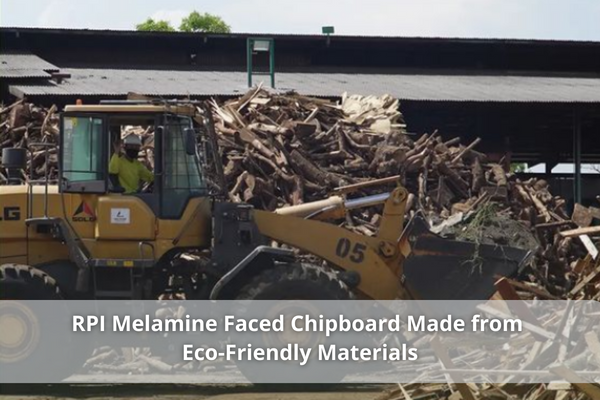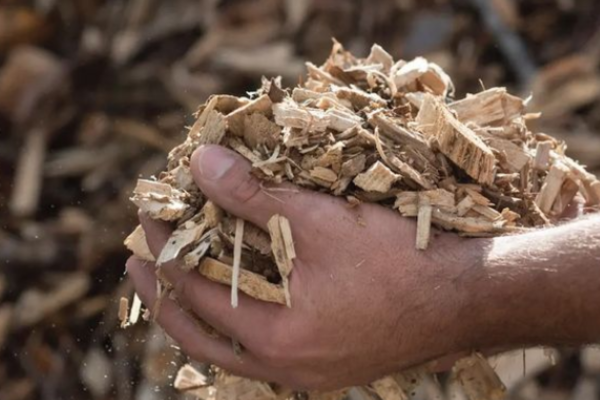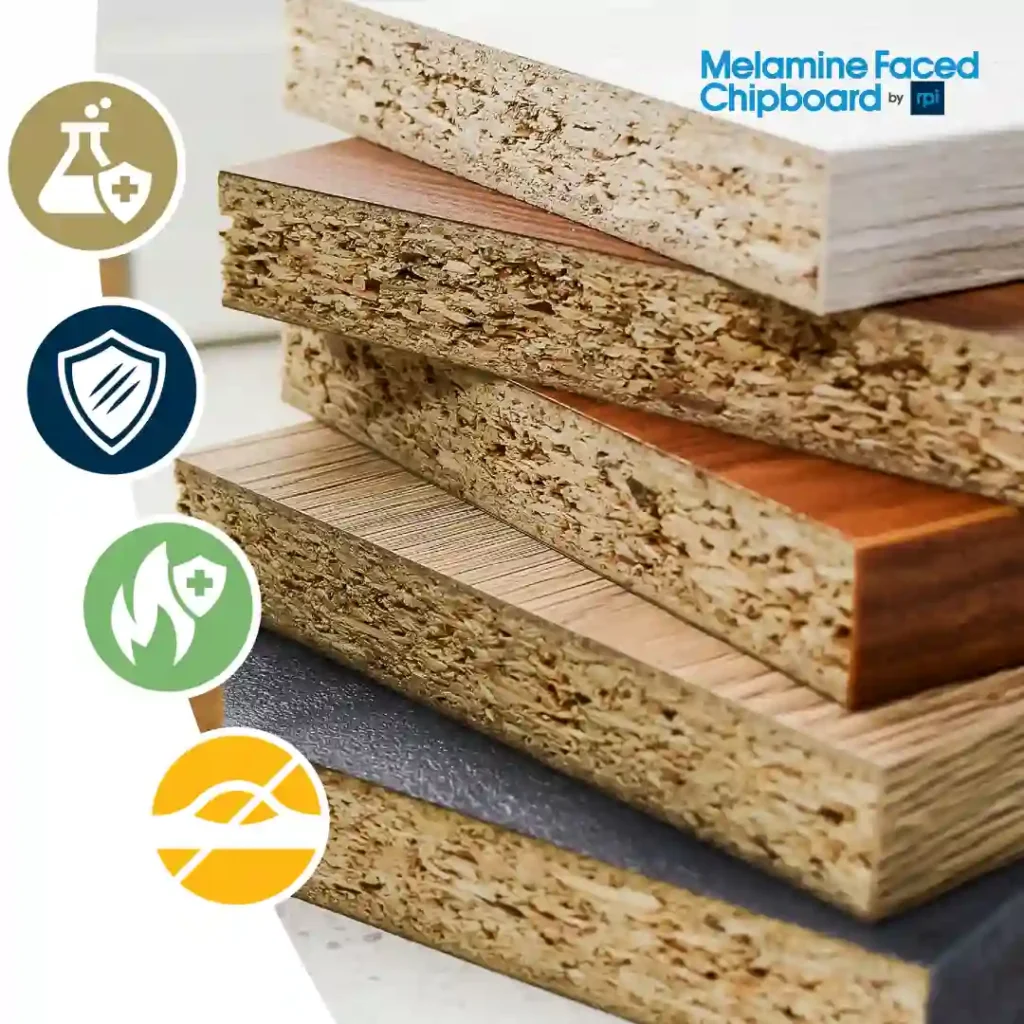
In furniture around us, we often see engineered wood materials like Melamine Faced Chipboard. Other items include wardrobe materials, TV racks, sideboards, and kitchen sets.
However, people often question whether the manufacturing materials are eco-friendly. Of course the answer is relative. However, you don’t need to doubt it if you get it in a trusted place, because MFC from the company certainly uses environmentally friendly materials. Curious? Check out the review below!
Does Melamine Faced Chipboard Really Consist of Materials That are Eco-Friendly?

Melamine-faced chipboards are very affordable and practical, so people often use them. However, it’s not just for those reasons; this chipboard is a composite wood that combines machined wood chips or recycled particle board as its core material, along with a strong resin.
The key differentiating factor of RPI’s melamine-faced chipboard lies in the use of recycled particle board. By reusing wood fibers from post-consumer and post-industrial sources, this material helps reduce the demand for virgin wood, reduce deforestation and promote a circular economy.
Considering its composition, this MFC board material is very environmentally friendly. In addition, there are several advantages of using this material, including:
1. Sustainability
Utilizes recycled materials, reducing the environmental impact associated with traditional manufacturing processes. It also means that you are contributing to the preservation of forests by reducing reliance on freshly harvested wood.
2. Durability and Versatility
Melamine-faced chipboard also offers high durability, making it suitable for various applications in construction and furniture. The board is resistant to scratches, moisture and wear and tear, thus ensuring a long life for products made from this material.
3. Cost-Effective
The use of recycled materials often results in a more cost-effective production process. For this reason, the durability of Melamine-Faced Chipboard can minimize maintenance and replacement costs over time.
4. Design Options
Melamine-faced laminates allow for a variety of design options, providing aesthetic flexibility for architects and designers. It is also available in various colors, patterns, and textures to suit different styles and preferences.
Therefore, this MFC board material is an environmentally friendly material. You should note, however, that low-priced MFCs are usually imitations, and choosing them will not provide any benefits.
Therefore, it is important to make a careful and informed selection to avoid undesirable results. For example, a high-quality and environmentally friendly MFC is PT Rimba Partikel Indonesia, a company located in Semarang and trusted by many clients.
RPI’s Melamine Faced Chipboard Supports Reducing Carbon Footprints
In addition to MFC production, RPI also provides the best products to its clients.
Moreover, with the popularity of this material in the international market, in 2019 PT. Rimba Partikel Indonesia decided to start producing its own MFCs in collaboration with AICA.
Of course, in the last decade, the global trend has shifted to more environmentally friendly materials as an option for making products. And considering the lower material cost, MFC became the right choice for efficiency.
The production of RPI Melamine-Faced Chipboard results in a lower carbon footprint compared to traditional materials, thus contributing to climate change mitigation.
By reusing wood fibers that would otherwise end up in landfills, this material helps reduce waste and promotes a more sustainable waste management system.
How exciting is that? For more information about the melamine faced chipboard, you can visit the main page of RPI’s official website here!

